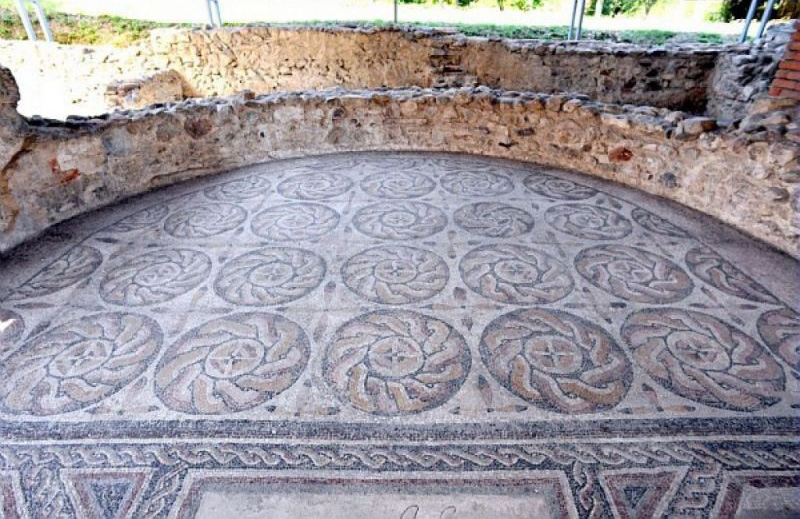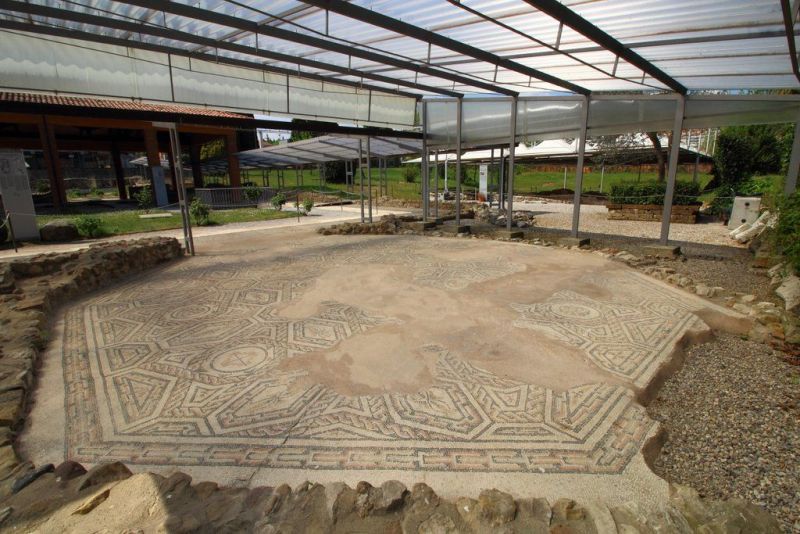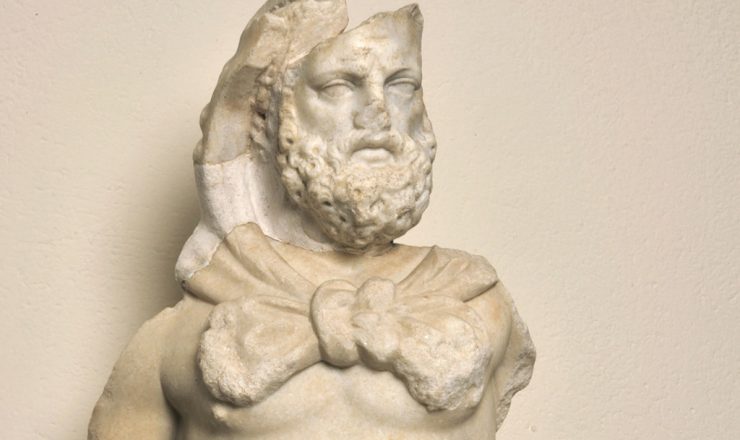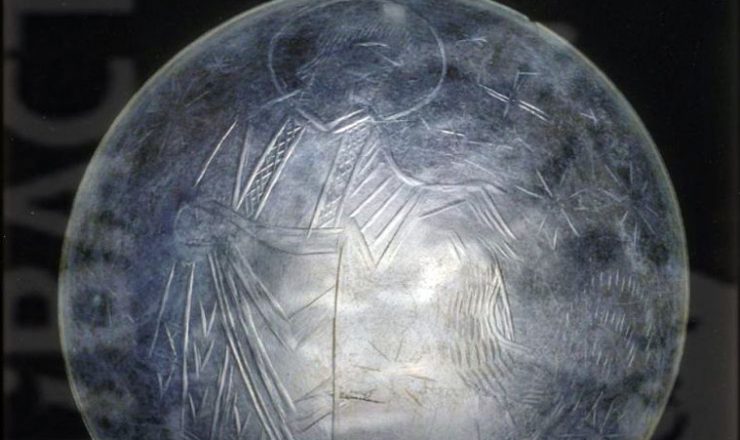Villa Romana
Desenzano del Garda
The Museum
The Villa Romana (Roman villa) archaeological area in Desenzano, on Lake Garda, is one of the most important late antique villas in Northern Italy.
The most important findings discovered are on display in the exhibition rooms of the Antiquarium, built inside the villa.
The History

Villa Romana di Desenzano
The Villa originally stood in a highly scenic spot, facing towards the lake, just a short distance to the north of Via Gallica, the main road connecting Bergamo (Bergomum), Brescia (Brixia) and Verona. It was built in different stages between the 1st century B.C. and the 4th century A.D.: the parts that can still be seen today mostly date back to the last stage, when the spaces inside the villa were reorganised and divided into different sectors. Although the name of the owner of the villa is uncertain, it is possible that the person who ordered this final stage of the works was Flavius Magnus Decentius, brother of the Emperor Magnentius (350 – 353 A.C.), from whom the city of Desenzano takes its name today.
The Area

Villa Romana - L'area dello scavo
The villa complex covered a surface area of around a hectare, in which the residential quarters stood alongside farm buildings.
At the time of its construction, the villa looked over the lake. The surrounding landscape must have been the decisive element in the distribution of the rooms, which all offered a panoramic view.
The site had a number of ramifications made of piers and quays, and probably ponds where the fish was farmed. Several charming and well-preserved coloured mosaic floors portray pagan scenes.
The heritage
The most important findings discovered in the villa area are on display in the three exhibition rooms in the Antiquarium.
The first one houses ceramic kitchen and dining receptacles and small bronze utensils. Fragments of the statues, which decorated the villa, are on display in the second hall. In the third hall, two large panels exhibit the fragments of a decorative fresco, which adorned one of the rooms in the villa.
Download the guide to the Roman Villa in different languages:
-

Statue of Hercules
The white marble sculpture on display in the second hall dates back to the mid-2nd century A.D. Along with the other effigies exhibited in this room, it adorned one of the villa gardens, in particular either the one open to visitors or the one reserved for the owner and his family.
-

Glass cup
Dated to the late 4th century A.D., the image on the outer surface portrays Christ talking to a rooster. The nighttime scene, shown by the stars in the background, may be interpreted as alluding to Peter's triple denial of Christ, according to a famous passage from the Gospels.
-

Portrait of a young man
It is the case of a white Carrara marble bust of an adolescent, from a life-size statue. It is probably a celebratory representation of one of the owners’ family members of the villa in the 2nd century A.D., according to a common custom among the various domus and villas at the time.
Address
Via Crocefisso, 22
25015 Desenzano del Garda
Ownership
Ente MiC
Tipology
Archaeological area